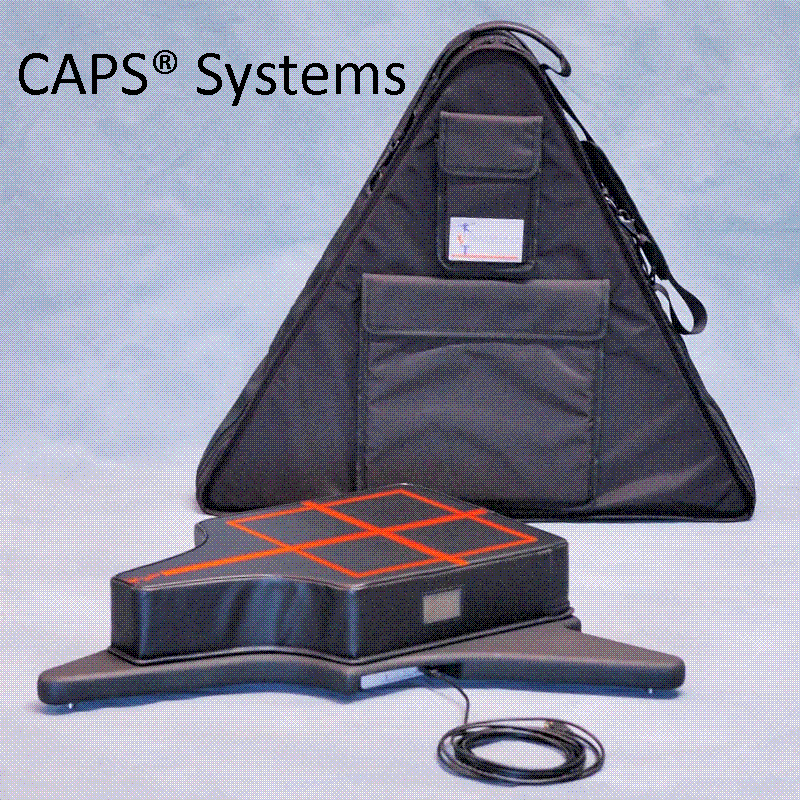CAPS®
The CAPS® (Comprehensive Assessment of Postural Systems) is the best type of equipment for clinically managing persons with balance dysfunctions.
Browse this reference page to find out why.
And feel free to download our white paper on the subject.





